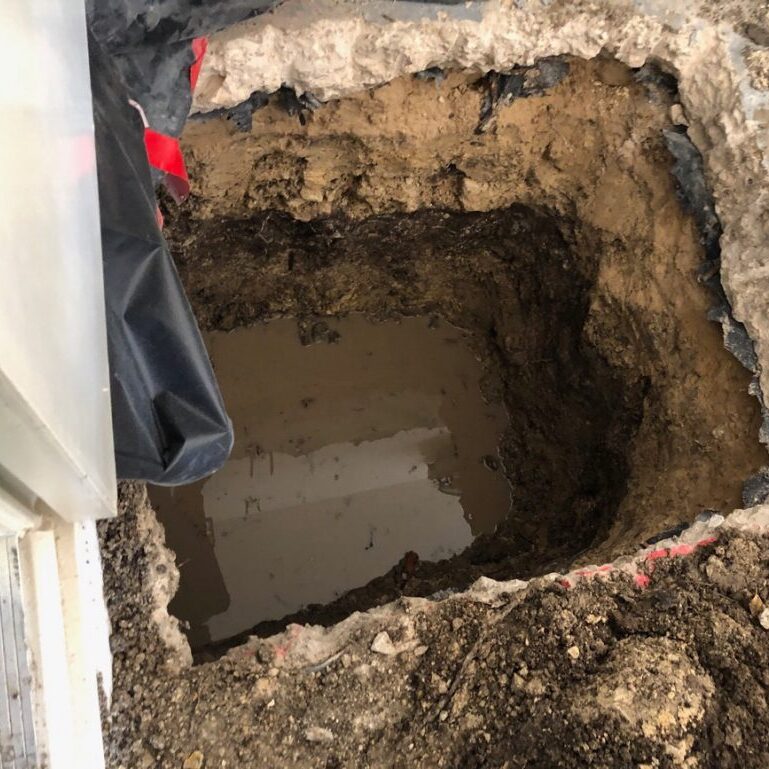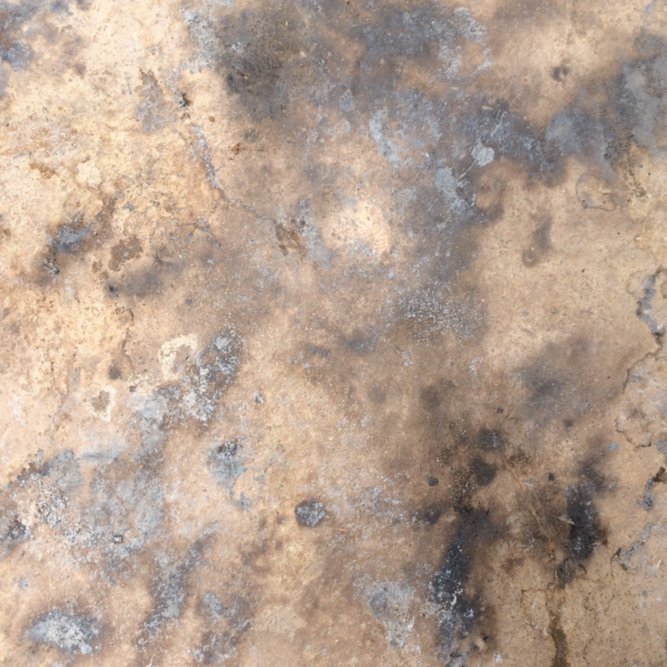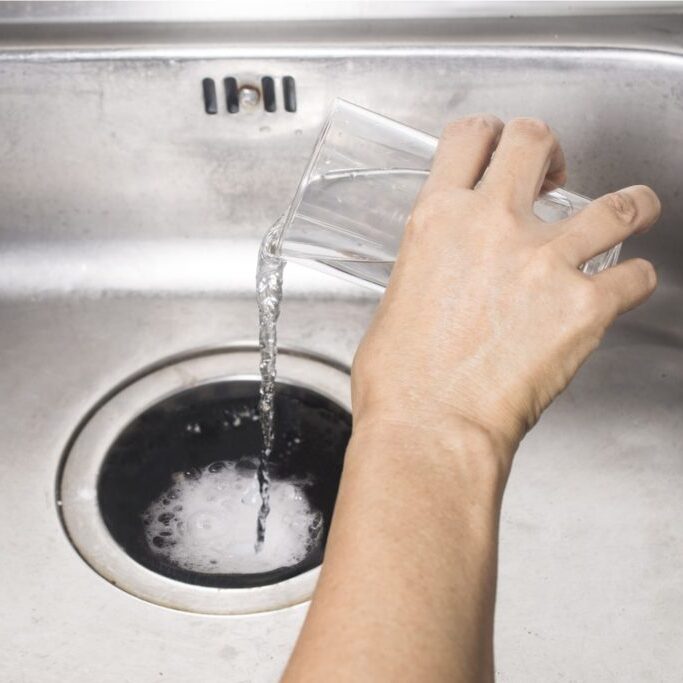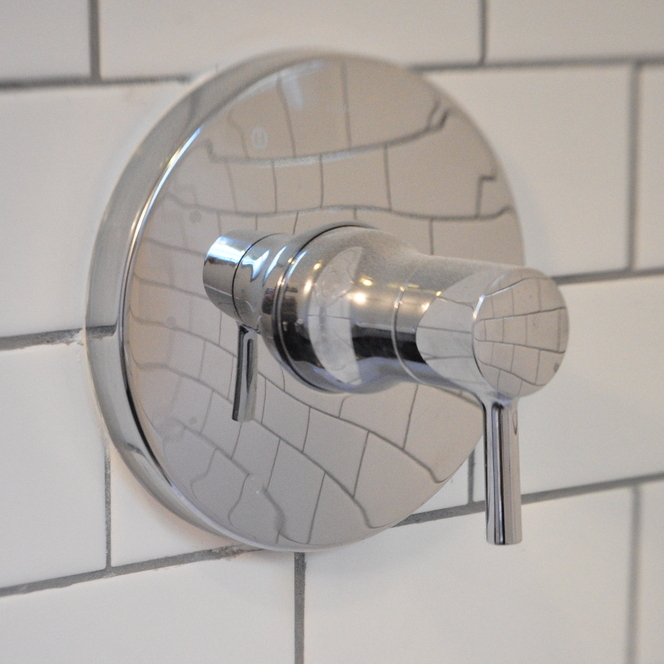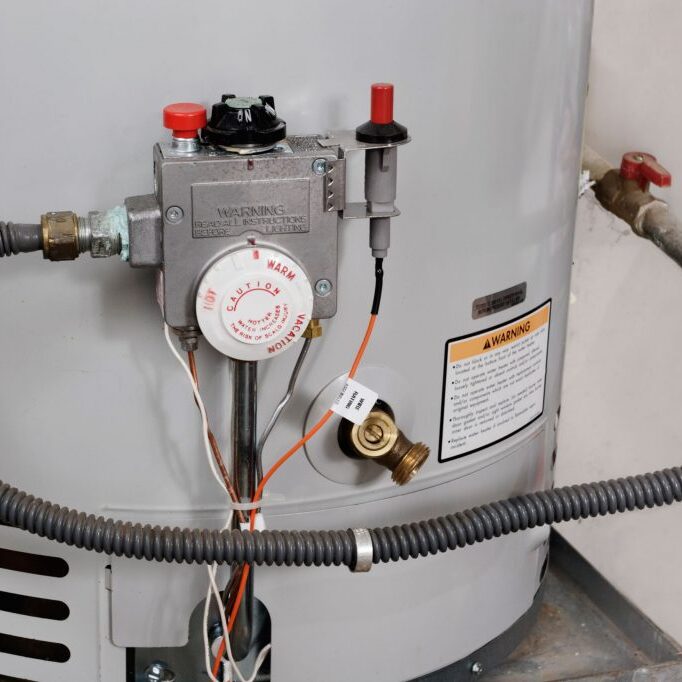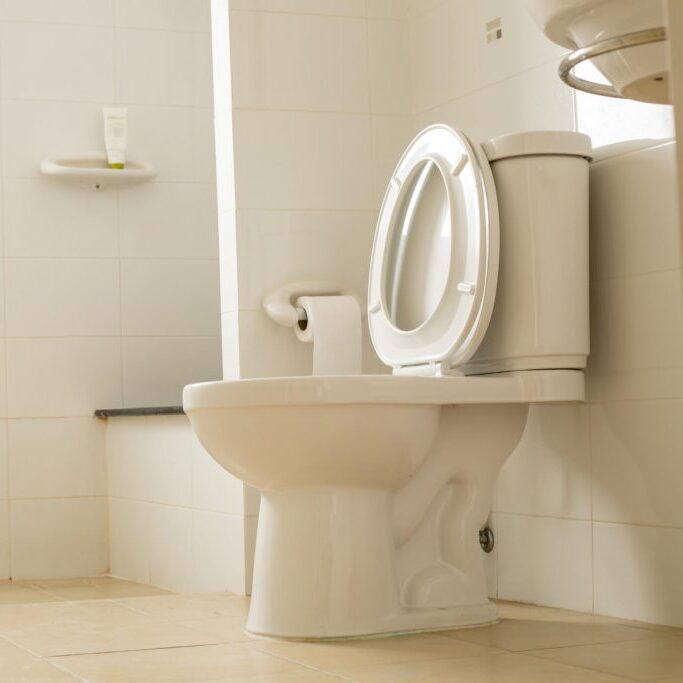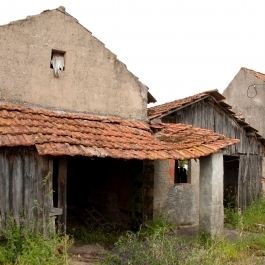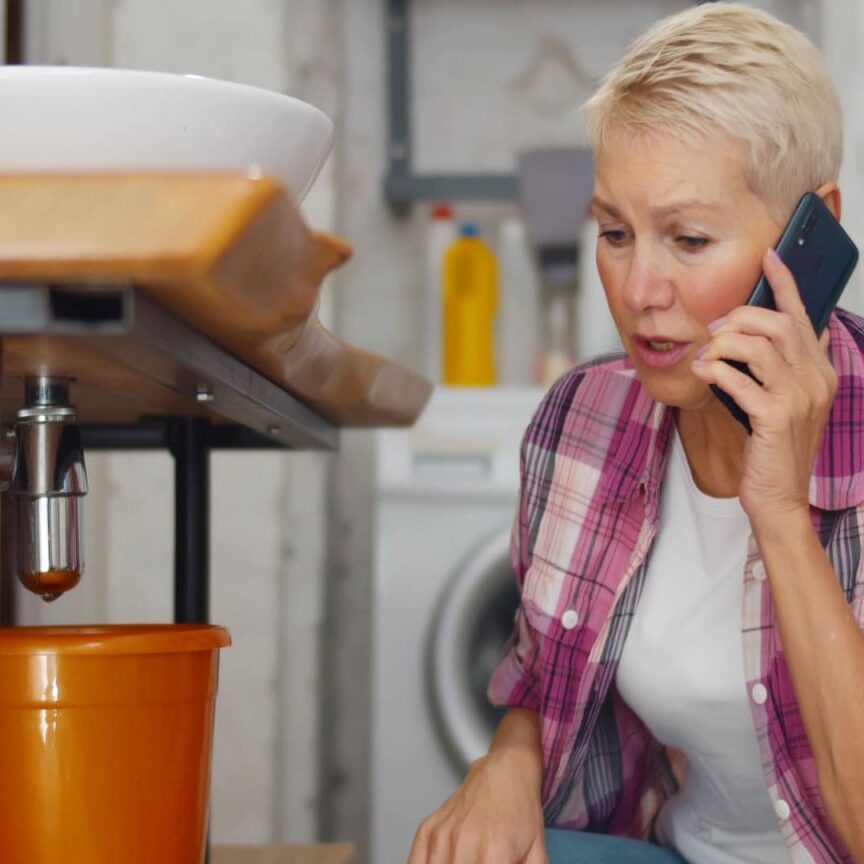
Looking Into Pipe Issues
Picture this, you’re lying in bed in the middle of the night after using the restroom and you suddenly hear a faint whistle creeping from the doorway of your bathroom.
No, your house isn’t haunted, but we can guarantee your pipes are. Whistling pipes are a common problem that can lead to serious plumbing concerns.
Here’s a closer look at what these whistling sounds mean, why you need to take care of them, and how a licensed plumber can help.
THE SOURCE DETERMINES THE ROOT CAUSE
Although it can sound like the whistling from your pipes is coming from all around your bathroom’s plumbing system, the truth is that it can stem from a couple of places. Let’s take a look at two of the most common sources of this annoying plumbing problem.
Toilet Whistles
If you notice the sound occurring directly after flushing the toilet, the issue could be a faulty fill valve. Your toilet’s fill valve is the piece of equipment that floats in the toilet’s tank and helps regulate the water that refills after a flush.
When the toilet valve deteriorates, it’s unable to function properly and can cause the dreaded whistling sound after each flush.
Pipe Whistles
If you test your toilet and the whistle doesn’t occur, the source could be directly from the pipes within the walls of your bathroom. Over time, wear and tear occurs and can lead to faucets collecting minerals and sediment.
When water is pushed through the pipes and is forced through areas that weren’t meant to be tight, the whistling sound can occur as water pressure increases and forces its way through the plumbing system.
Why Should You Be Concerned About a Little Whistle?
The biggest problem with a pipe whistle is that most homeowners don’t realize that this can be the symptom of a major problem on the cusp of occurrence.
When a whistle stems from your actual plumbing, it’s a sign that minerals have already significantly built up in your pipes and valves. Unless a licensed plumber is able to make replacements or clear out the sediment, your pipes may not be far from a leak or burst.
How Can a Plumber Make Your Pipes Stop Singing?
While it can be difficult to locate the exact source of whistling plumbing, a licensed plumber can quickly find the root of the problem and offer the right long-term solutions that stop abnormal plumbing noises and prevent the risk of a plumbing leak.
We can safely clear out your plumbing sediment and resolve the issue. If your problem stems from a faulty valve in your toilet or system, we can replace it for you and ensure your water moves smoothly from here on out.
Schedule Your Home’s Plumbing Inspection With Plumbing Dynamics
If your plumbing is whistling or you’ve realized your pipes have sprung a leak, don’t let the problem fester. Reach out to Plumbing Dynamics today. Our licensed plumbers can help you resolve the issues at reasonable rates and with the best customer service in Dallas.
Reach out to us today at 214-929-3431 to schedule an appointment for a plumbing inspection in Carrollton, TX with our experienced plumbers.

